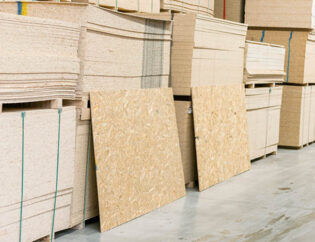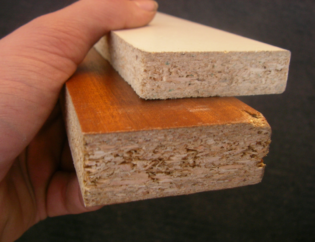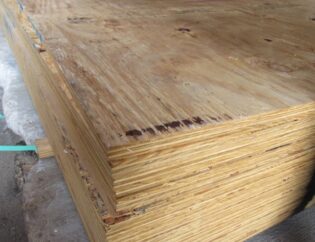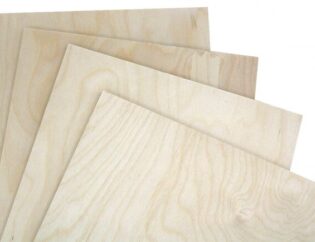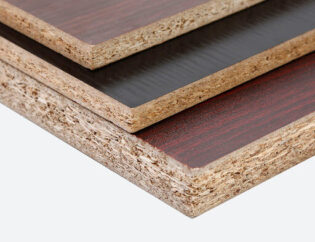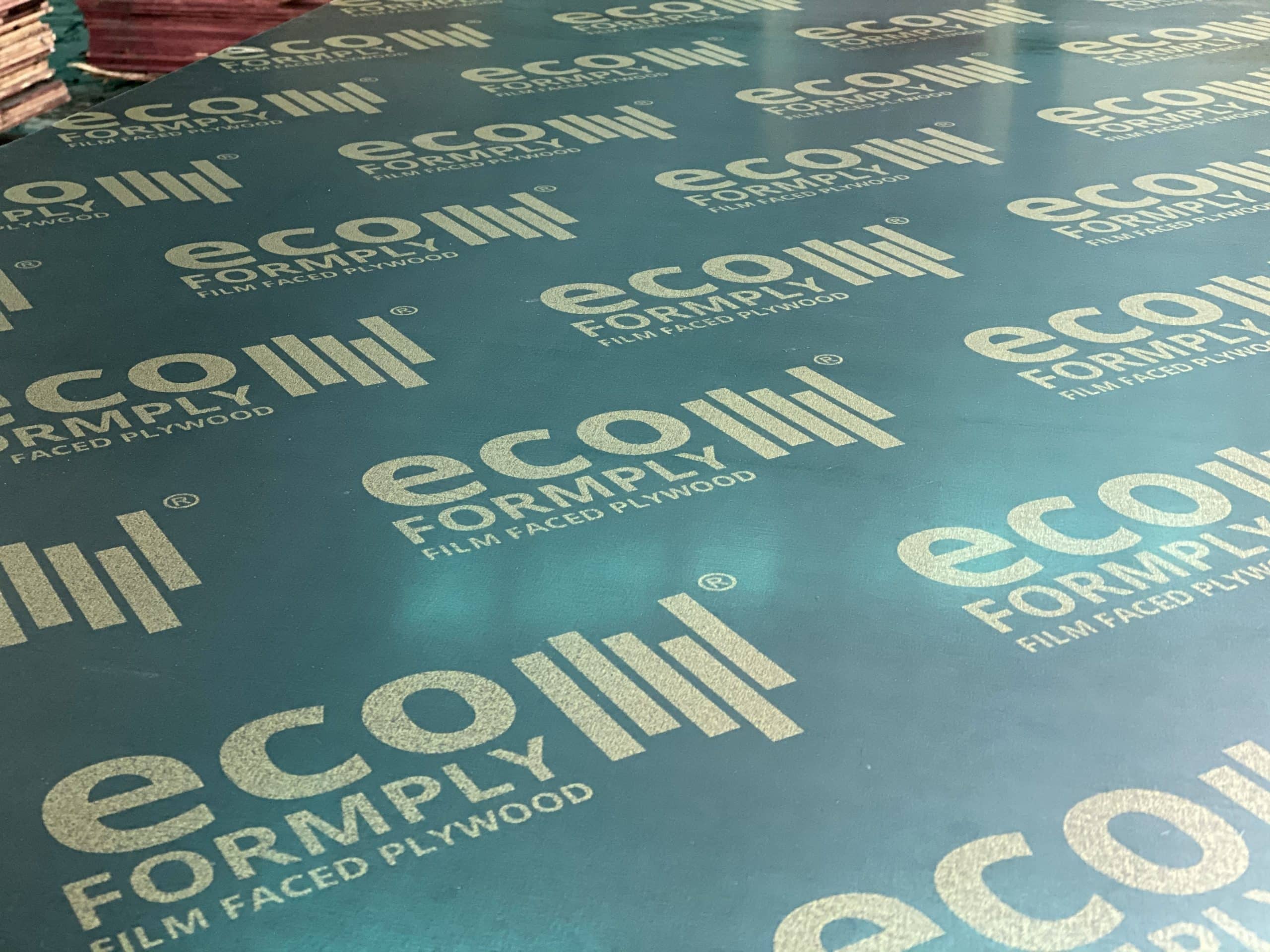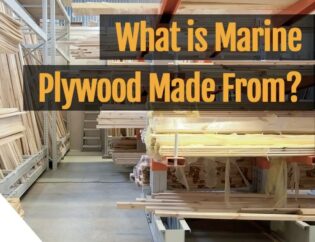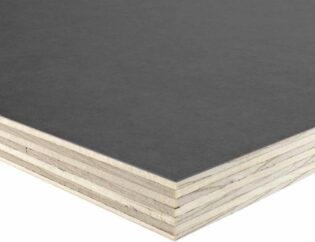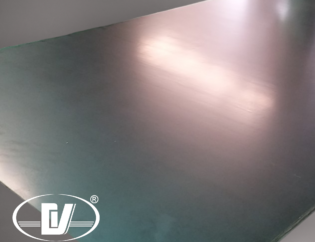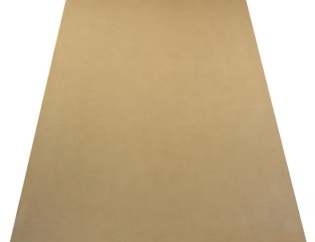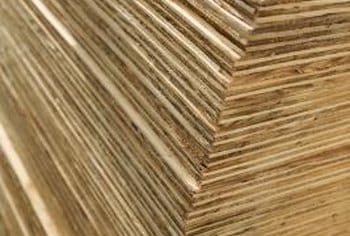
Edwin Thomas – Plywood’s versatility has ensured it an important role in construction, furniture-making and woodcrafts, and the material comes in many shapes and sizes. Plywood can be made of softwood or hardwood, and depending on how the plywood was made and/or treated, it may be particularly well suited to aircraft or marine applications. Some plywood is even faced with real wood for decorative effect. Yet regardless of the type of plywood in question, the material has a set of common characteristics.
Strength
Plywood is a laminate, with multiple layers of wood chips and shavings laid on top of each other and glued together. The strength of the laminate is enhanced by the arrangement of each layer so the grain of the wood alternates, making most types of plywood stronger than an equivalent piece of the same real wood. Plywood is also about twice as resistant to sheering as regular wood.
Cost
Because plywood is made of wood chips and shavings, it can come from the parts of trees that are not suitable for the milling of beams, blocks and boards. As a rule, that makes plywood cheaper than its equivalent in real wood as well, particularly for large-scale applications.
Stability
The alternating grains and use of adhesives in plywood make it as stable or more stable than regular wood. Plywood is sometimes less prone to absorb and/or release moisture, and when it does, the alternating grain pattern resists expansion and shrinkage. As a result, the wood is sometimes more resistant to shrinking and warping.
Flexibility
Because plywood is a manufactured product, it is not limited in the same way real wood is by the size, shape and appearance endowed by nature. Plywood sheets come in a range of thicknesses and, as previously noted, with a wide range of facings as well. Plywood with a smooth veneer can be finished with many of the same finishing products used on real wood.
Vietnam Plywood
Vietnam Film Faced Plywood

